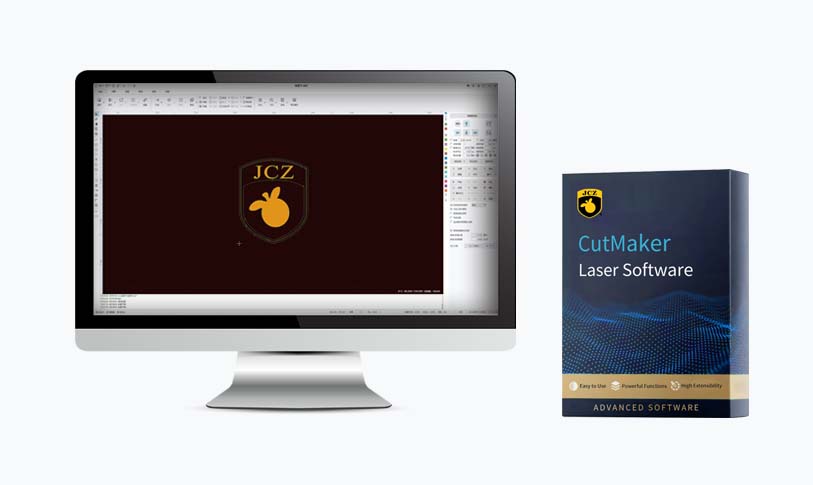
The Revolutionary Impact of High Power UV Lasers: Transforming Industries from Manufacturing to Medical Applications
In the realm of innovative technologies, high power UV lasers have emerged as a groundbreaking tool, pushing the boundaries of various industries. With their unique capabilities, these lasers are altering conventional practices in manufacturing, healthcare, and scientific research. This insightful exploration delves into the profound impact of high power UV lasers, revealing their advantages, applications, and potential for future developments.
High power UV lasers operate at shorter wavelengths compared to traditional laser technologies, falling within the ultraviolet spectrum. This distinction allows them to achieve higher precision and efficiency when interacting with materials. The ability to focus energy in such a small area not only enhances the effectiveness of processes such as cutting, welding, engraving, and marking but also reduces thermal damage to surrounding materials. This characteristic is crucial in fields where precision is paramount, such as aerospace, automotive, and electronics manufacturing.
One of the most significant advantages of high power UV lasers is their capacity to work with a wide range of materials. They can effectively process metals, plastics, ceramics, and even organic materials. For manufacturers, this versatility translates into reduced costs and increased productivity. Additionally, the limited heat affected zone minimizes the risk of material deformation, ensuring the integrity of the final product. This feature has led to an increase in the adoption of UV laser technology in industries that require meticulous craftsmanship and attention to detail.

The Revolutionary Impact of High Power UV Lasers: Transforming Industries from Manufacturing to Medical Applications
In the medical sector, high power UV lasers have found a multitude of applications. Their precision is indispensable in surgical procedures, particularly in delicate surgeries such as ophthalmology and dermatology. High power UV lasers can cut or ablate tissue with precision, minimizing the risk of damage to surrounding healthy areas. This not only improves patient outcomes but also accelerates recovery times due to the reduced trauma associated with laser procedures compared to traditional surgical methods.
Furthermore, high power UV lasers are instrumental in sterilization processes. They can effectively eliminate bacteria and viruses from surfaces and materials, ensuring a higher standard of cleanliness in hospitals and laboratories. The ability to sterilize without the use of harsh chemicals is a significant advantage, as it reduces the risk of chemical residues that can harm patients or interfere with subsequent medical procedures.
Scientific research has also benefitted immensely from the emergence of high power UV lasers. In the field of spectroscopy, these lasers can be used to study the characteristics of materials at a molecular level. Their capacity to produce high-energy photons makes them ideal for examining the unique properties of various substances, leading to advancements in materials science and chemistry. Furthermore, high power UV lasers are employed in analytical techniques, such as laser-induced breakdown spectroscopy (LIBS), which allows for precise elemental analysis of samples.
In the realm of telecommunications, high power UV lasers play a pivotal role in the development of advanced optical systems. Their ability to facilitate high-speed data transmission is crucial as the demand for faster and more efficient communication technologies increases. As the world becomes increasingly reliant on rapid data transfer, the significance of high power UV lasers in this sector is anticipated to grow exponentially.
However, the adoption of high power UV lasers is not without challenges. Safety is a primary concern, as these lasers emit radiation that can be harmful to human health and the environment. This necessitates stringent safety measures, including protective eyewear and proper training for operators. Furthermore, the initial investment in high power UV laser systems can be substantial, posing a barrier for smaller companies looking to integrate this technology.

The Revolutionary Impact of High Power UV Lasers: Transforming Industries from Manufacturing to Medical Applications
Despite these challenges, the future of high power UV lasers appears promising. Ongoing research and development are focused on enhancing the performance and efficiency of these lasers while reducing costs. As technological advancements continue to materialize, it is likely that high power UV lasers will become even more accessible to various industries, leading to further innovations and breakthroughs.
In conclusion, high power UV lasers are transforming industries by providing unparalleled precision and efficiency in material processing and medical applications. As their adoption expands, the potential for further advancements is vast—promising a future where these lasers play an even more integral role in industrial practices, healthcare, and scientific research. Embracing the opportunities that high power UV lasers offer will undoubtedly shape the next chapter of technological evolution across multiple sectors.ezcad2 lite



